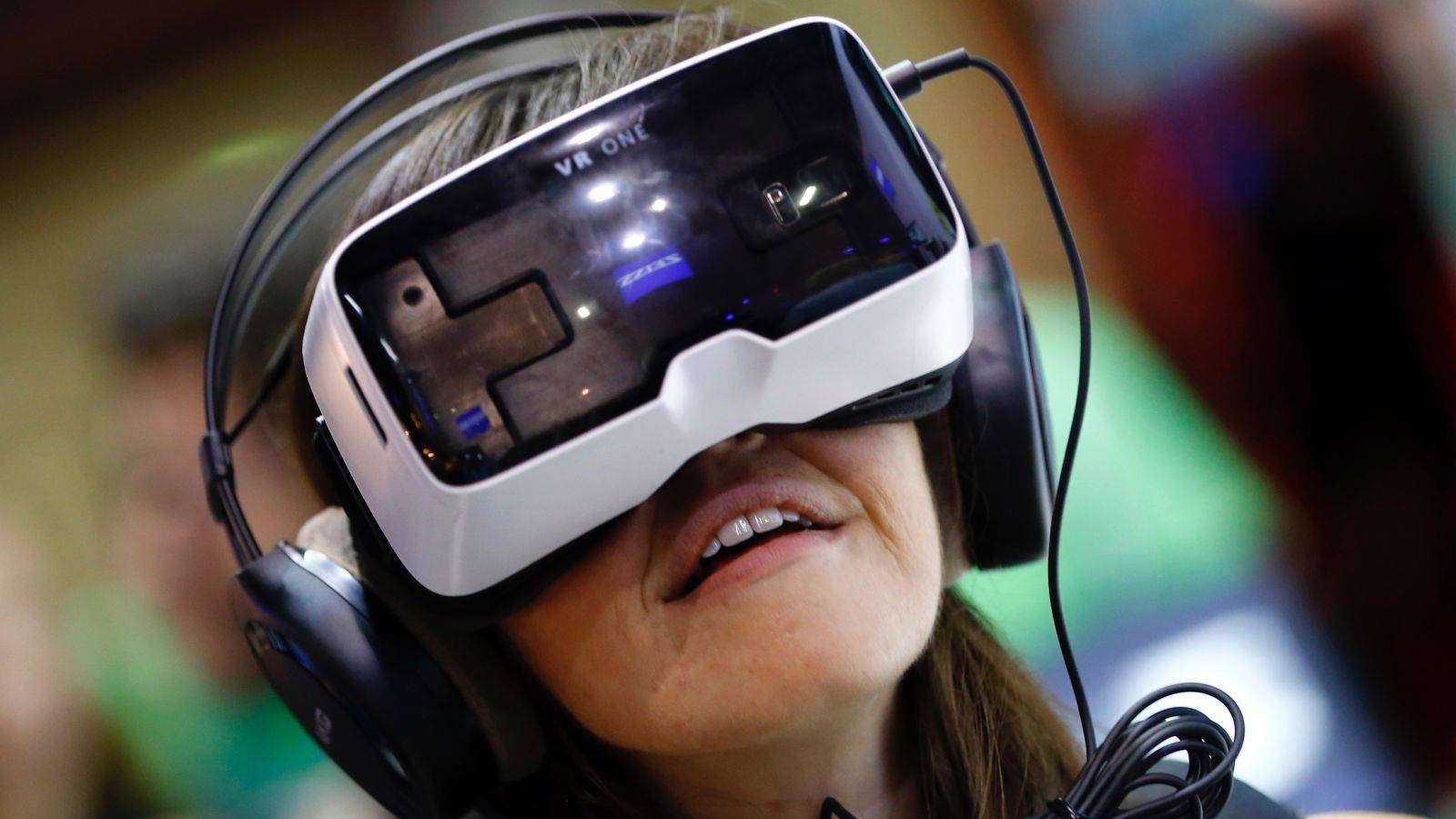
A lot of investors bet heavily on virtual reality this year, being led by the push of major companies towards bringing this technology to the mainstream. Virtual reality, or simply VR, is not a young technology. It was heavily hyped and invested in a decade or so ago, but the technology and hardware then was simply inadequate to make the concept of VR accessible. That is not so today, with Google and its “Cardboard” project at the lower end of the market, helping the masses get a taste of VR as a viable technology for everybody.
So 2015 was a big year for VR. The year was headlined by a lot of investments pouring into the VR industry. Facebook led this with a USD$2 billion acquisition of virtual reality gear maker Oculus in late 2014. Magic Leap, a company that works with lenses, leads a growing group of startups, receiving USD$594 million in funding. Florida-based VR company LENSAR has received around USD$191 million in funding since 2005. LENSAR leads efforts with VR technology for surgeons studying 3D images of the human eye.
More importantly, industries and companies are starting to understand that VR means so more than strapping on a headset and placing virtual blocks in Minecraft. Gaming plays a big part in VR companies’ efforts, but other outfits are looking at VR applications for their products as well. For example, the Golden State Warriors – current NBA champions – have partnered with NextVR to broadcast the team’s season opener in full 360-degree video. Of course, viewers needed a specific Samsung headset to watch, but this is just to highlight entertainment companies increasingly betting that people want more immersive experiences.

Architecture and construction firms are exploring VR to create better looking 3D models. Even sports apparel company Nike is also looking if it can use VR technology to help their customers design custom shoes online. This may mean that shoppers can soon shop with their VR headsets on, and that’s a pretty weird sight to behold, but more practical applications should be thought of soon.
That said, many investors still think that the market is still “immature” for VR going mainstream. Despite the increased investment in VR, it is still difficult to accurately predict average sales prices for VR products. Businesses and distribution companies are possibly still figuring out the best ways to make money from VR tech. Because of this, it’s difficult for market studies to predict pricing on products and estimate the market size.
Still, people can look back at 2015 and see it as a great foundation for VR technology and the industry as a whole. We have seen major companies jump on the VR bandwagon for real, and that’s a pretty good sign for the market. Viable market procedures and strategies still need to be refined to make and VR business or product profitable, but that will happen in time.









